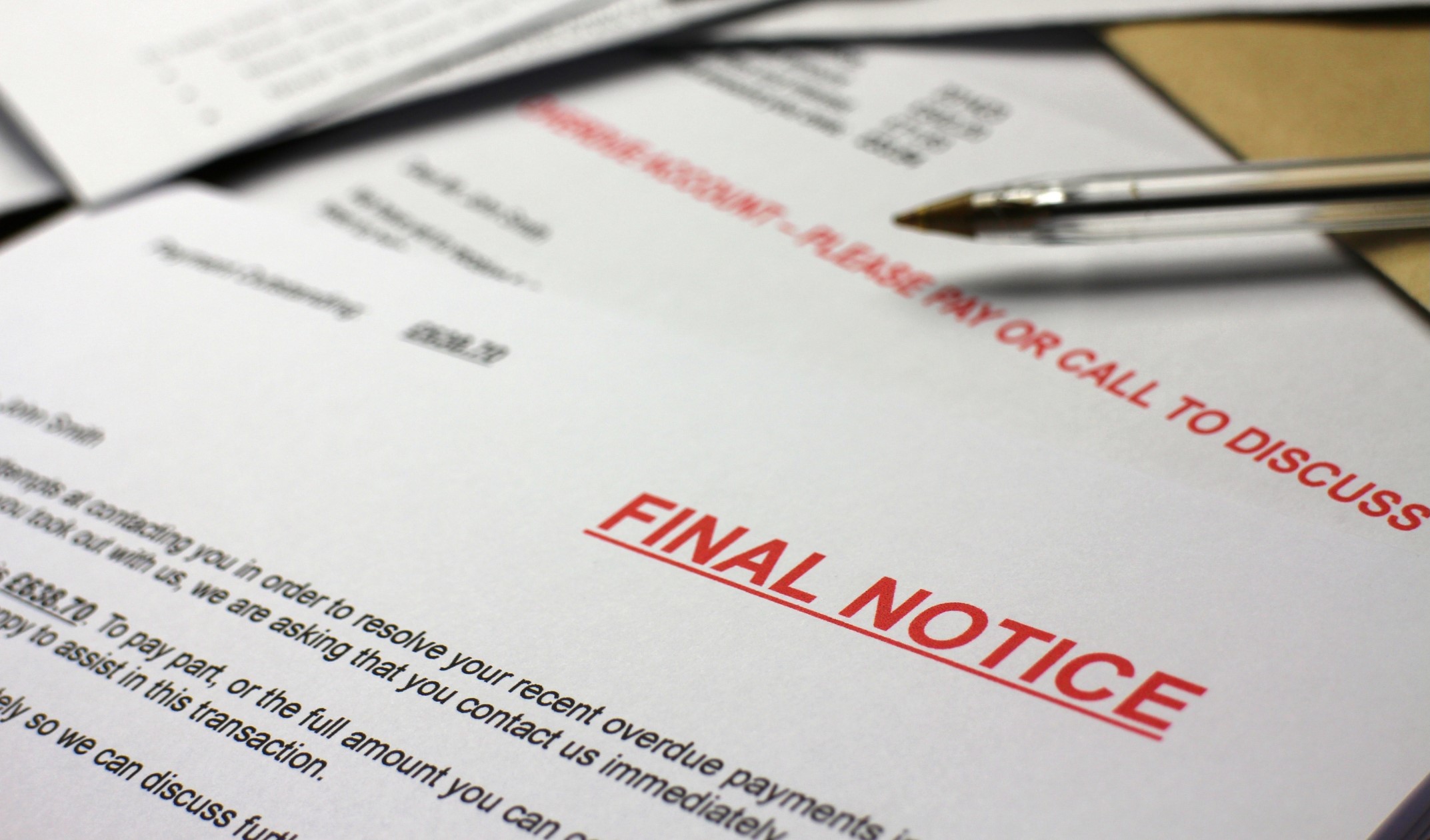
Late payments are one of the most frustrating realities for business owners. Whether you run a small service company, a medical practice, or a B2B enterprise, unpaid invoices can disrupt cash flow, limit growth, and drain valuable time. At some point, almost every business faces the tough decision of whether to escalate an account to collections. Knowing how to send someone to collections in a professional, ethical, and legally compliant way can make the difference between recovering what you’re owed and writing off a loss. This comprehensive guide walks you through every step of the process—from recognizing warning signs to working with a collection agency effectively—so you can make informed decisions that protect both your business finances and your reputation.
Why Learning How to Send Someone to Collections Matters
Unpaid invoices are more than just numbers on a ledger. They impact payroll, limit your ability to reinvest in growth, and can create ripple effects throughout your organization. Small businesses, especially, may operate on thin margins where even a few delinquent accounts can cause serious strain. By understanding how to send someone to collections, you ensure that your company has a plan in place to address overdue accounts before they jeopardize stability.
Recognizing the Warning Signs of Nonpayment
The first step in learning how to send someone to collections is recognizing when a customer is unlikely to pay. Red flags include:
- Ignoring your reminders and phone calls.
- Agreeing to a payment plan but failing to follow through.
- Disputing charges without evidence.
- Making repeated excuses or unfounded complaints.
- Having a history of late or missed payments.
Of course, the best way to manage collections is to reduce the number of accounts that ever get that far. Our guide on mastering debt recovery explores how clear communication and strong invoicing practices can prevent delinquency in the first place.
Industry experts note that once an account is 90 to 120 days overdue, recovery rates drop significantly, making this the ideal time to act (see Business News Daily). Acting within this window preserves your chances of recovery.
Consumer vs. Commercial Debt Collection
Not all collections are the same. Consumer debt collections involve individuals and are regulated by the federal Fair Debt Collection Practices Act (FDCPA), which prohibits harassment, deception, and unfair practices. Commercial debt collections, on the other hand, involve business-to-business transactions. See more on the differences between consumer and commercial debt collections here. While businesses are not directly protected under the FDCPA, creditors and agencies must still follow state laws, contractual agreements, and ethical guidelines (See UpCounsel).
Step-by-Step: How to Send Someone to Collections
Sending someone to collections should always be handled as a structured process, not a rash reaction. Here is a detailed roadmap:
Step 1: Confirm the Debt
Start by reviewing your records to ensure the debt is valid and enforceable. Double-check invoice dates, contracts, and any payments already made. Keep a file of all relevant documents so the collection agency has everything it needs.
Step 2: Communicate Clearly
Before escalating, try resolving the matter directly. Send reminders via email and phone, always documenting each attempt. Be polite but firm. Sometimes, consistent professional communication is enough to prompt payment.
Step 3: Send a Formal Demand Letter
If reminders fail, send a written demand letter. This letter should clearly state the amount due, the deadline for payment, and the consequence of escalation to collections. Demand letters demonstrate that you acted in good faith to resolve the issue.
When deciding whether to engage outside help, many business owners wonder if they should hire a collection agency or continue internal efforts. Visit our resource to understanding the pros and cons in order to help you make the right call at the right time.
Step 4: Choose a Reputable Collection Agency
When the deadline passes with no payment, it’s time to engage a professional. Working with a collection agency gives you access to specialized tools, databases, and legal expertise. Choose an agency with a strong reputation, industry experience, and proper licensing. Remember: the agency represents your brand, so professionalism is critical.
Step 5: Share Documentation and Stay Involved
Provide the agency with full documentation: contracts, invoices, communication logs, and any signed agreements. Even after turning over the account, stay involved. Request regular updates and confirm the agency follows compliant practices.
What Is the Minimum Amount to Send to Collections?
One of the most common questions businesses ask is whether there is a minimum amount to send to collections. The truth is, there’s no law that sets a dollar threshold. Instead, each collection agency sets its own guidelines. Some may decline accounts under a certain value, while others will accept small balances—especially if they are frequent or part of a larger portfolio. As a business owner, weigh the cost of pursuing small debts against the importance of consistency. Allowing unpaid small balances to slide may send the message that your terms are flexible.
Working With a Collection Agency Effectively
Once you’ve engaged an agency, treat them as a partner. Share complete information, establish expectations, and communicate regularly. Agencies should operate with professionalism and compliance at all times. A reputable agency not only helps you recover funds but also protects your reputation in the process.
Best Practices for Businesses Considering Collections
Here are some proven practices to strengthen your approach:
- Set clear credit policies before offering terms.
- Use consistent invoicing procedures.
- Document every customer interaction.
- Escalate accounts within 90 to 120 days of delinquency.
- Stay professional and courteous throughout the process.
By applying these practices, you can reduce disputes, improve recovery rates, and build credibility with your clients.
Effective debt recovery is as much about prevention as it is about action. Businesses that invest in strong invoicing practices, timely follow-ups, and transparent communication often reduce the number of accounts that ever require collections. Consider training your team in credit management, using automated reminders, and building clear escalation policies. These strategies not only strengthen your collections process but also demonstrate professionalism to your clients.
FAQs About How to Send Someone to Collections
- Can a business be sent to collections? Yes, commercial debts can be pursued just like consumer debts, though the process follows different laws.
- How long does a collection agency pursue a debt? This depends on state laws and the agreement with the agency. Some accounts are pursued for years.
- Will using a collection agency hurt customer relationships? Not if handled professionally. Many agencies focus on respectful communication.
- Do I lose control once I hire a collection agency? No—you should stay involved, receive updates, and set boundaries for acceptable practices.
Next Steps
Learning how to send someone to collections is about more than recovering money—it’s about protecting your business. By recognizing warning signs, acting within the right timeline, and working with a collection agency, you preserve cash flow and credibility. Handled well, collections can resolve overdue accounts without damaging relationships, allowing your business to grow on stronger financial footing.
Partner With Us Today
If you’re dealing with unpaid invoices, don’t wait until they become write-offs. Our experienced team knows how to send someone to collections in a professional, ethical, and effective way. We specialize in helping businesses recover what they are owed while protecting valuable customer relationships.
Contact us today to get started and see how working with a collection agency can safeguard your bottom line.



